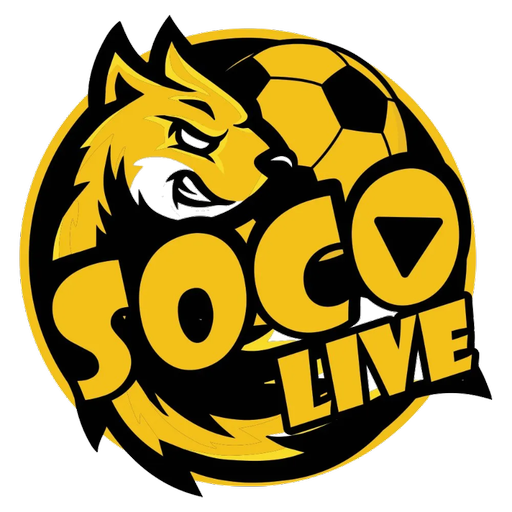Because, seriously, it could be worse

On Wednesday, Minnesota sports fans received what the late Gorilla Monsoon would have called a swift kick to the lower abdominal region when the announcement came that the Pohlad family, who has owned the Minnesota Twins since the mid-80s, would not be selling the team after putting them on the market almost a year ago.
The news was not well-received by Twins fans, which (for obvious reasons) includes a lot of fans of the Minnesota Vikings. Since the Twins won the American League Central in 2023 and broke a 19-year drought of postseason play without a single victory, the team has cut payroll significantly, highlighted by a trade deadline last month that saw them trade a whopping 11 players from the big league roster in an effort to dump salaries.
The sell-off reminded me a lot of how the Vikings were being run at the end of the Red McCombs era, and serves as a reminder of just how lucky the Vikings have been that they have an ownership group that has operated the way the Wilf family has run the team since they bought them in late 2005.
McCombs, if you’ll remember, was trying his damnedest to get a new stadium for the Vikings to replace the Metrodome and just couldn’t get the deal closed. He quite clearly let his frustrations show in the way the team was run in his final season. For starters, you’ll never convince me that the Randy Moss trade was anything more than a middle finger to the fans for not going along with his stadium vision at that time. He also went notoriously cheap with the coaching staff, to the point where Mike Tice (who I believe was already the league’s lowest-paid coach) was forced to have Steve Loney serve as both his offensive coordinator and the team’s offensive line coach at the same time. That’s something that, in today’s NFL, just doesn’t happen.
Enter the Wilf family, who came in and immediately started making changes. In the wake of the “Love Boat” scandal, the team issued a 77-page Code of Conduct that all team employees were expected to follow. At the end of that 2005 season, they fired Tice (in a manner that, admittedly, could have been handled much better than it was) and hired Brad Childress, who was one of the hottest coaching prospects at the time. In the 20 years they’ve owned the Vikings, they’ve brought the best stadium in the league to the Twin Cities, with the state’s portion of U.S. Bank Stadium being paid off over two decades ahead of schedule, and the annual grades from the NFLPA show that the culture has shifted significantly as to how free agents see the Vikings.
While the results on the field may not be what anyone, particularly the Wilfs, may have wanted to see by this point, there’s really no conceivable way that you can argue that the Wilf family hasn’t done everything they can do in an attempt to bring success to the Minnesota Vikings. They’ve stayed out of the way and let the football people do football things, they’ve contributed greatly to the Twin Cities community, and they are miles ahead of the rest of the ownership groups in the “Big 4” sports franchises in the area, though the new ownership group for the Minnesota Timberwolves does bring some cause for optimism.
While fans of the Vikings have had to suffer numerous bitter defeats in their recent history, you don’t have to look very far to realize that things could be significantly worse, and probably would be under a lot of other ownership entities. With the Wilf family in charge, however, we can be quite certain that the efforts to make the Minnesota Vikings a top-level National Football League franchise will continue for the long term.
Category: General Sports





